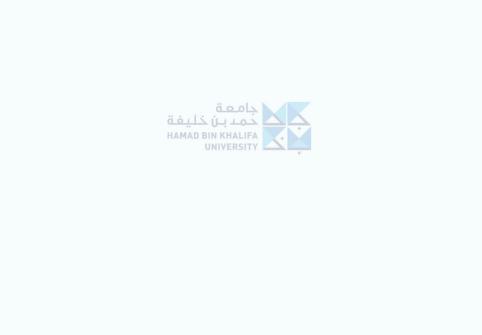الأخبار
HBKU’s College of Islamic Studies holds lecture on prominent Arab philosopher Al-Amiri
16 نوفمبر 2016
The Muhammad bin Hamad Center for Muslim Contribution to Civilization of Hamad Bin Khalifa University’s College of Islamic Studies recently held a public lecture titled “al-Amiri and the Establishment of an Essential Structure for Comparative Religion”. The lecture was delivered by Professor Ibrahim Zain, Visiting Professor of Comparative Religion at the College of Islamic Studies.
The main objective of the lecture was to create awareness among scholars and students alike, with regard to the contribution of Muslim scholars and their pioneering role in the field of Comparative Religion.
The lecture focused on the significance of al-Amiri discovering an academic basis for the comparison of religions, guided by the general categorization of religious traditions in the Qur’ān. Professor Zain spoke about al-Amiri’s cultural and intellectual background. The scholar (d. 381 AH) belonged to a school of thought developed by al-Kindi, popularly known as the first Arab philosopher, and was concerned with upholding the fundamental proposition of the compatibility of reason and revelation. In his ground-breaking work al-Iʻlām bi Manāqib al-Islām al-Amiri categorized various religions on the basis of Sūrat al-Ḥajj (22), verse 17 which says: “On the Day of Resurrection Allah will most certainly judge among those who believe, and those who became Jews, and Sabaeans, and Christians, and Magians, and those who associate others with Allah in His Divinity. Surely Allah watches over everything.”
Professor Zain highlighted characteristics that al-Amiri used to compare religions, including elements of worship like prayer, fasting, and juristic issues. He also explained how the renowned Muslim thinker considered some age-old doubts and queries that were raised regarding Muslim history and beliefs such as the spread of Islam with the sword.
The lecture was followed by an extensive question and answer session.
